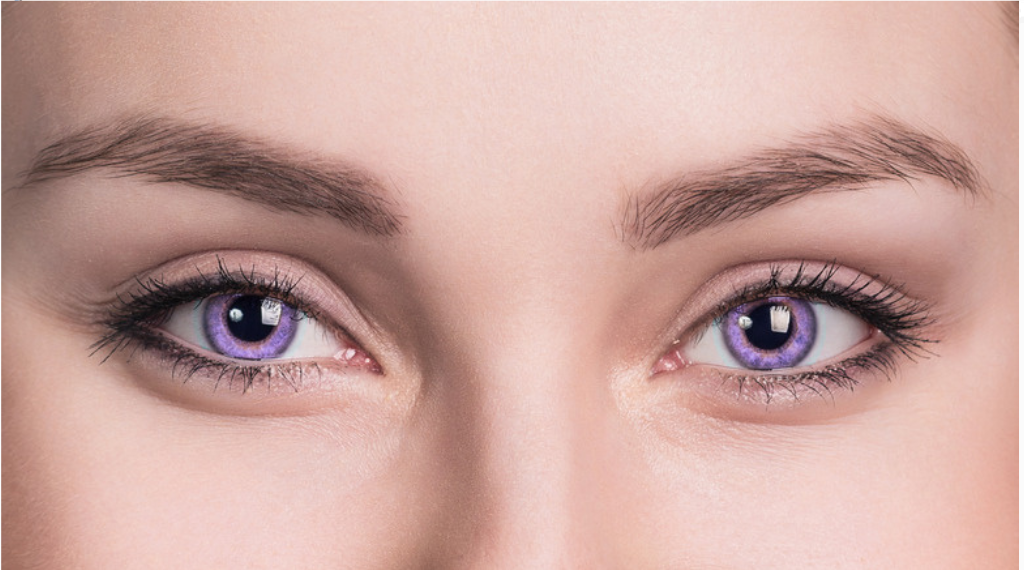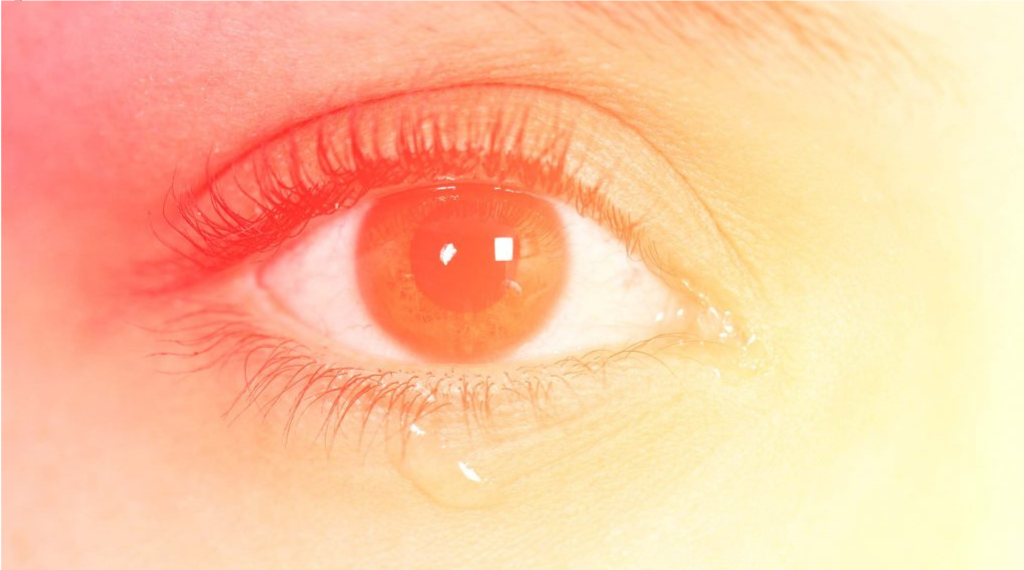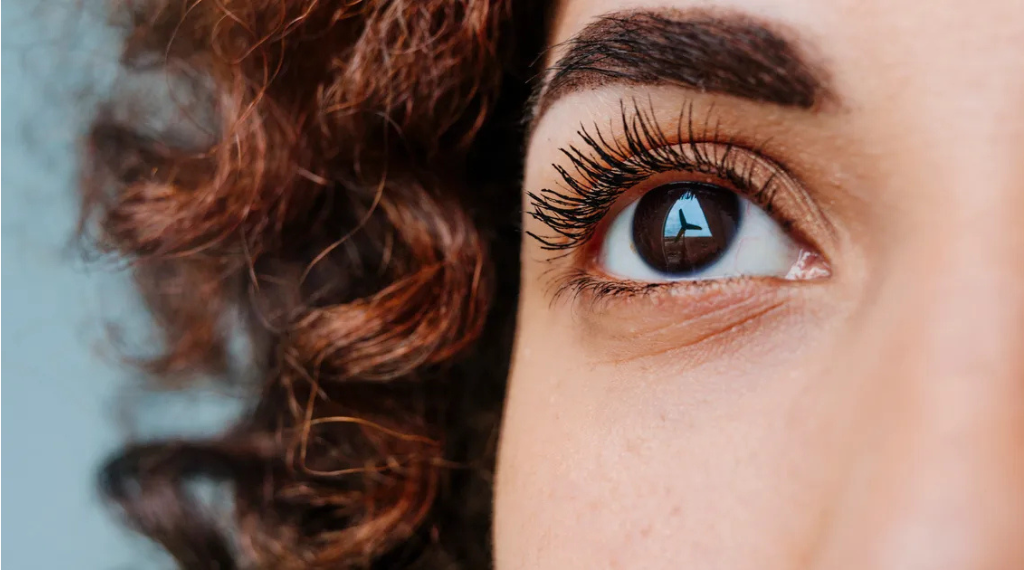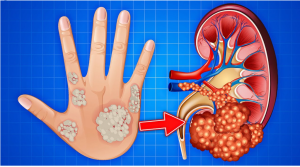Introduction
The eyes are often called the windows to the soul, but they’re also powerful windows into your overall health. During a comprehensive eye examination, healthcare professionals can detect signs of various systemic diseases, often before other symptoms appear. From diabetes and high blood pressure to autoimmune disorders and even certain cancers, the eyes contain a complex network of blood vessels, nerves, and tissues that can reflect what’s happening throughout your body. Understanding what your eyes can reveal empowers you to take a proactive approach to your health and seek timely medical attention when needed.
Causes and Risk Factors
Various health conditions manifest in the eyes due to the intricate connection between ocular structures and the body’s systems. The retina, which contains delicate blood vessels, is particularly sensitive to changes in blood flow, inflammation, and metabolic disorders.
Key factors that contribute to eye-related health indicators include:
Chronic conditions such as diabetes can damage the tiny blood vessels in the retina, leading to diabetic retinopathy. High blood pressure causes similar vascular changes, resulting in narrowed or damaged retinal vessels. Autoimmune diseases like lupus or rheumatoid arthritis can trigger inflammation in various parts of the eye, including the uvea and sclera.
Risk factors for developing detectable eye signs include poor blood sugar control, unmanaged hypertension, high cholesterol, smoking, obesity, advancing age, family history of systemic diseases, and inadequate nutrition. Additionally, certain medications and lifestyle factors can influence eye appearance and health, making regular eye examinations crucial for early detection.

Symptoms and Warning Signs
Your eyes can display numerous signs that indicate underlying health problems. Recognizing these symptoms can lead to earlier diagnosis and treatment of serious conditions.
Yellowing of the whites of the eyes (jaundice) suggests liver problems, including hepatitis, cirrhosis, or bile duct obstruction. This occurs when bilirubin accumulates in the bloodstream.
Bulging eyes or lid retraction may indicate thyroid disorders, particularly Graves’ disease. This autoimmune condition causes the tissues behind the eyes to swell, pushing them forward.
Blurred vision or sudden vision loss can signal diabetes, stroke, or retinal detachment. Diabetics may experience fluctuating vision due to blood sugar swings affecting the lens.
Red or bloodshot eyes might indicate high blood pressure, bleeding disorders, or inflammatory conditions. Persistent redness without obvious cause warrants medical evaluation.
Drooping eyelids or unequal pupils could suggest neurological problems, including stroke, aneurysm, or brain tumor. Sudden onset requires immediate medical attention.
Cloudy or bluish ring around the cornea in younger individuals may indicate high cholesterol levels or lipid disorders. In older adults, this is often benign (arcus senilis).
Small yellow deposits on the eyelids (xanthelasma) often correlate with elevated cholesterol and increased cardiovascular risk.
Changes in retinal blood vessels visible during eye exams can reveal hypertension, diabetes, cardiovascular disease, or even certain cancers.
Dry, gritty eyes may indicate Sjögren’s syndrome, an autoimmune disorder affecting moisture-producing glands.
Vision changes with headaches could signal brain tumors, increased intracranial pressure, or giant cell arteritis, particularly in older adults.
Treatment and Prevention
Addressing the underlying health conditions is paramount to protecting your vision and overall wellbeing. Treatment approaches vary depending on the specific condition revealed by eye symptoms.

Medical Treatments
For diabetes-related eye changes, maintaining optimal blood sugar control through medication, insulin, and dietary management is essential. Advanced diabetic retinopathy may require laser therapy or injectable medications. Hypertension-related changes necessitate blood pressure management through antihypertensive medications and lifestyle modifications.
Thyroid eye disease may be treated with corticosteroids, orbital decompression surgery, or newer biological therapies. Autoimmune conditions affecting the eyes typically require immunosuppressive medications prescribed by a rheumatologist in coordination with an ophthalmologist.
High cholesterol demands statin therapy combined with dietary changes to reduce cardiovascular risk and prevent further deposits. Liver conditions causing jaundice require specific treatment based on the underlying cause, ranging from antiviral medications to liver transplantation in severe cases.
Natural and Preventive Approaches
While medical treatment is crucial for underlying conditions, several natural approaches support eye and overall health. A nutrient-rich diet emphasizing leafy greens, colorful fruits and vegetables, omega-3 fatty acids from fish, nuts, and seeds provides essential vitamins A, C, and E, plus lutein and zeaxanthin that protect eye health.
Regular cardiovascular exercise improves circulation to the eyes and helps manage blood pressure, blood sugar, and cholesterol. Aim for at least 150 minutes of moderate activity weekly. Maintaining a healthy weight reduces the risk of diabetes, hypertension, and associated eye problems.
Smoking cessation is critical, as tobacco use dramatically increases the risk of macular degeneration, cataracts, and optic nerve damage. Limiting alcohol consumption protects liver function and prevents related eye symptoms.
Adequate hydration and omega-3 supplementation can alleviate dry eye symptoms. Protecting eyes from UV damage with quality sunglasses helps prevent cataracts and macular degeneration.
Health Tips for Maintaining Eye and Overall Health
Schedule comprehensive eye examinations regularly. Adults should have complete eye exams every one to two years, or more frequently if you have chronic conditions. These exams can detect diseases before symptoms appear.
Monitor your blood pressure and blood sugar at home if you have risk factors for hypertension or diabetes. Keep records to share with your healthcare provider.
Adopt the 20-20-20 rule to reduce digital eye strain. Every 20 minutes, look at something 20 feet away for 20 seconds. This is especially important for those who work at computers.
Stay informed about your family health history. Many conditions that affect the eyes have genetic components, so knowing your risks helps guide preventive care.
Maintain a balanced diet rich in antioxidants. Include dark leafy greens like spinach and kale, orange vegetables like carrots and sweet potatoes, and fatty fish like salmon and mackerel several times weekly.
Control chronic conditions diligently. If you have diabetes, hypertension, or high cholesterol, work closely with your healthcare team to keep these conditions well-managed through medication adherence and lifestyle modifications.
Don’t ignore sudden changes. Seek immediate medical attention for sudden vision loss, double vision, flashes of light, floating spots, eye pain, or sudden onset of bulging eyes or drooping eyelids.
Practice good eye hygiene. Remove eye makeup before bed, never share eye cosmetics, replace mascara every three months, and avoid touching your eyes with unwashed hands.
Stay hydrated throughout the day. Proper hydration supports tear production and helps maintain the moisture balance in your eyes.
Consider annual screenings for cholesterol, blood sugar, and blood pressure, even if you feel healthy. Early detection of abnormal values allows for intervention before serious complications develop.
Your eyes truly are remarkable indicators of your overall health. By paying attention to changes in your vision or eye appearance and maintaining regular eye examinations, you create opportunities for early detection and treatment of conditions that might otherwise go unnoticed. Taking care of your eyes means taking care of your whole body.



